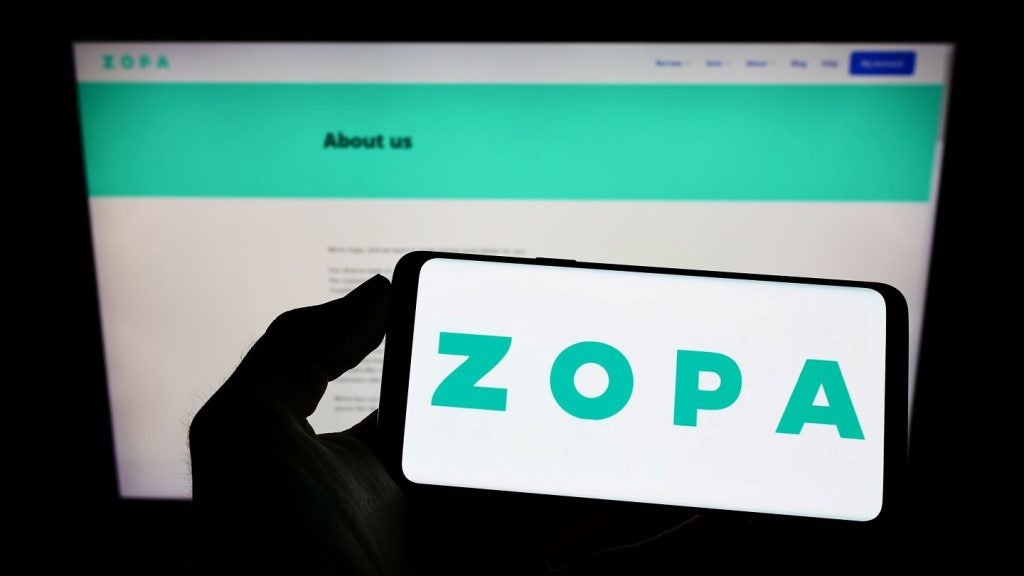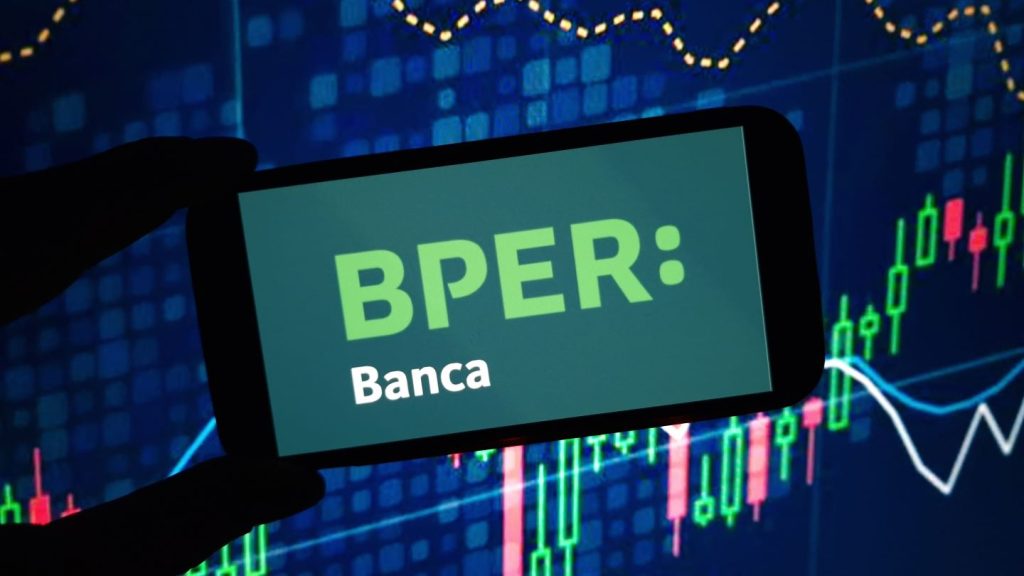Sibos' panel of banks agree that transparency in payments is more valuable than speed.
Banks are losing market share to closed network systems that can offer complete transparency. So what are they doing about it? Well, a lot of them are joining SWIFT’s Global Payments Initiative (gpi) (those that aren’t may be joining Ripple in its new venture, Global Payments Steering Group).
The key factor in corporate payments to get right, for JP Morgan, is certainty. John Hunter, managing director, USD Clearing, Treasury Services, JP Morgan, on the gpi panel at Sibos, Geneva, said of gpi,
“Many new competitors in the payments space have closed systems. As a network (gpi), to agree to a standard set of SLAs and methodologies allows us to compete in that space. The Amazons, the DHLs, the FedEx’s have taught clients they can and should see the payment tracked.
“There is a lot of dialogue around ‘faster’, but corporates don’t always want ‘faster’- whether it’s 14 seconds or seven hours, it doesn’t matter, they just need certainty so they can provide transparency to the remitter and the beneficiary.”
For both Deutsche Bank and Standard Chartered, also on the panel, the main advantage of gpi is the tracking, tantamount to the same thing: transparency.

US Tariffs are shifting - will you react or anticipate?
Don’t let policy changes catch you off guard. Stay proactive with real-time data and expert analysis.
By GlobalDataGpi uses a new set of rails with existing modus operandi (ie it is not much of a diversion from the status quo of payment messaging, and creates a network between banks so that they can streamline the payments service, providing reliability, transparency and certainty for their customers.
It seeks to address the main challenges for corporates in the B2B payments space: time delay, liquidity issues and capital information.
The likes of Xoom, MoneyGram, Western Union, whose key advantage is having a closed network system, which gpi seeks to emulate, are encroaching on the big banks’ piece of the payments pie. Clients have become accustomed to real time tracking and complete transparency throughout the journey.
Some 80% of ‘at risk’ payments are in the B2B segment. At risk being those passing through various markets and held up by AML differences in different markets; equally those which get lost en route due to something like a missing purpose code. Another problem can be a different amount of money being credited at the end than was pledged at the outset, this often being due to fee charges applied at the end of the payment journey, unbeknownst to the remitter.
Gpi has a group of banks on board, from Germany, the US, Brazil and China, offering a new set of rails which provide a tracker, directory and observer to endure full adherence by participants to the rules.
Stanley Wachs, head of bank engagement for SWIFT and chair of the panel, said the value proposition for banks was clear: to protect traffic, grow customer base and hence market share, and save costs. Swift’s gpi now has 86 banks on board since its inception in 2015, which represent 70% of SWIFT traffic, indeed touting gpi as “the DHL of payments”.
“gpi is, by definition, ‘same day correspondent banking’,” added Wachs.
Hunter said, “The process of getting the pilot going was not arduous, we were only adding an extra message into our system,” which was to update the network of the status of a given payment. He explained the only addition to the present system was adding a moniker to the bank’s payment messaging system as an identifier in the gpi network.
Gpi vs Blockchain
The burning question is how does this service sit alongside blockchain based technologies; does it compete, is it under threat, is it just a cheaper interim solution until such time as DLT truly takes over. Westerham alluded to the fact that the gpi cooperative has not ruled out implementing DLT technology, saying, “we are all exploring [DLT]. Corporates want payments to work, to be robust. There is a strong basis of cooperation with gpi and further versions with new technology can be built in.”
Interestingly, however, none of the panel refuted that it was indeed the future of payments when it was put to them by an audience member.
Stanley Wachs, head of bank engagement, gpi, SWIFT, moderating the panel, said DLT only solved specific aspects , eg nostro vostro accounts, etc. “There are gaps, open questions re scalability and network effects.
Magnus Carlsson, treasury and payments manager, Association for Financial Professionals, in response to this said there were still issues with blockchain technology and that gpi is a better solution vis-à-vis compliance, data privacy and sheer reach- “it has all the features in place,” Carlsson said.







